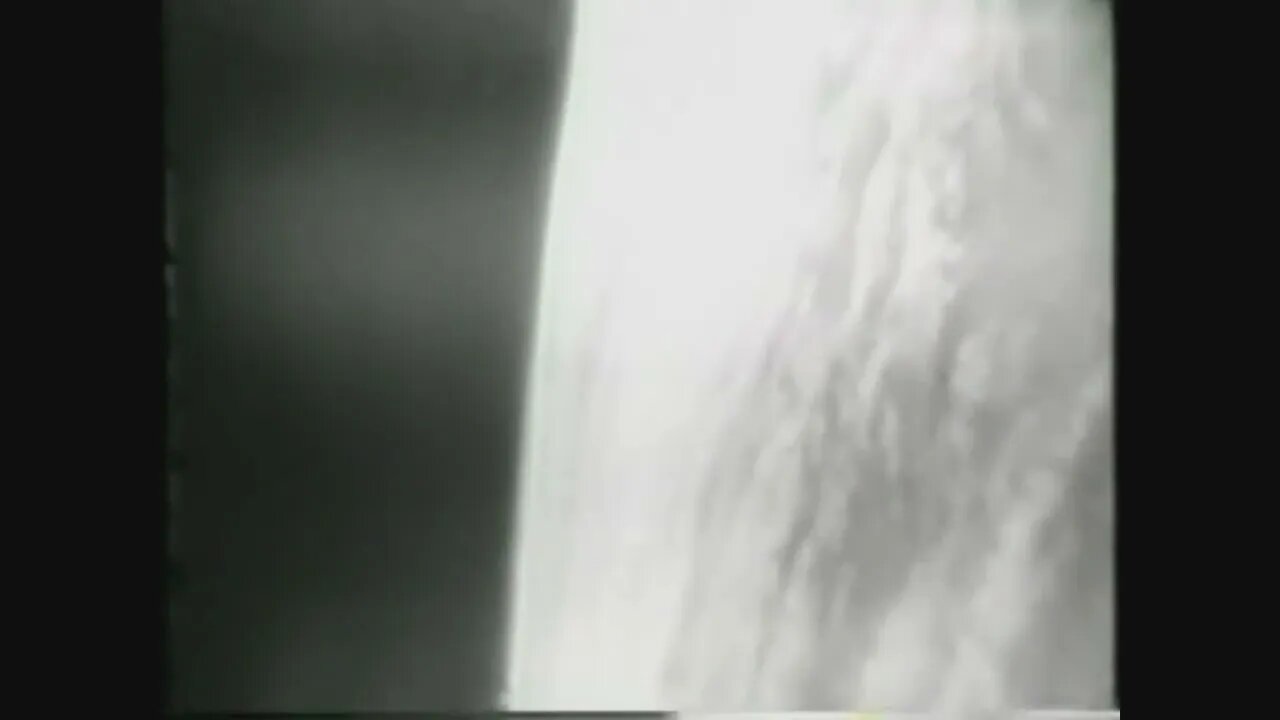Premium Only Content

NASA Echo II Launch 1964 12 Unidentified Flying Objects in 60 seconds
In 1964, NASA successfully launched Echo II, a significant milestone in the field of satellite communications. Echo II was an inflatable satellite with a diameter of approximately 41 meters (135 feet) when fully deployed. Its primary purpose was to serve as a passive reflector of radio signals.
Constructed from a lightweight polyester film coated with a reflective aluminum surface, Echo II was essentially a large, hollow sphere. It had a thickness of only a few micrometers, making it extremely thin and lightweight. Prior to launch, the satellite was compacted and stowed inside the payload fairing of the Thor-Delta rocket.
On January 25, 1964, the Thor-Delta rocket carrying Echo II lifted off from Launch Complex 17B at the Cape Canaveral Air Force Station in Florida. Once in space, the rocket released the satellite, allowing it to inflate and take its spherical shape. This inflatable design was chosen to minimize weight and maximize the surface area available for reflecting signals.
Echo II served as a passive communications relay, bouncing radio signals off its reflective surface to facilitate long-distance communication. By transmitting signals toward the satellite, ground-based stations could have them reflected back to a different location on Earth, effectively extending the range of communication beyond line-of-sight limitations.
The satellite's successful deployment and operation demonstrated the feasibility of using passive satellites for global communications. It proved that large, inflatable structures could be deployed and maintained in space, opening up possibilities for future satellite designs. The Echo II mission contributed valuable knowledge and laid the foundation for the development of active communication satellites that would later revolutionize global communications.
The Echo II satellite remained in orbit for several years, gradually losing altitude due to atmospheric drag. Eventually, in 1969, it re-entered Earth's atmosphere and burned up upon re-entry, safely disposing of the satellite.
Overall, the launch of NASA's Echo II satellite in 1964 marked an important step forward in satellite communications technology, demonstrating the effectiveness of large, inflatable satellites as passive reflectors of radio signals and paving the way for further advancements in global communication systems.
-
 0:05
0:05
The Relaxation Zone
2 years ago00244=32942=24612=25117
1.64K -
 1:52:38
1:52:38
Man in America
9 hours agoCommunists VS Zionists & the Collapse of the American Empire w/ Michael Yon
51.1K17 -
 4:09:34
4:09:34
Akademiks
4 hours agoSheck Wes exposes Fake Industry. Future Not supportin his mans? D4VD had help w disposing his ex?
30.2K3 -
 6:43:43
6:43:43
SpartakusLIVE
8 hours agoTeam BUNGULATORS || From HUGE WZ DUBS to TOXIC ARC BETRAYALS
102K3 -
 2:44:56
2:44:56
BlackDiamondGunsandGear
4 hours agoAre You that guy? / Carrying a Pocket Pistol /After Hours Armory
17.6K -
 LIVE
LIVE
Camhigby
4 hours agoLIVE - Riot Watch Portland, DC, NC
322 watching -
 2:54:58
2:54:58
CAMELOT331
6 hours agoYouTube Just Told Me I OWE THOUSANDS $ TO THEM... update
26.8K5 -
 2:00:53
2:00:53
Tundra Tactical
14 hours ago $1.95 earned🛑LIVE AT 9PM CST!! Your Government Hates Your Guns : DOJ Holds Firm On National FIREARMS ACT
18.2K -
 2:44:56
2:44:56
DLDAfterDark
4 hours ago $3.20 earnedAre YOU The Guy That Ruins Thanksgiving?? - God Guns & Gear
19.9K -
 2:58:31
2:58:31
NewsTreason
6 hours agoDECLAS w/ Rambo & Dave: Nuremberg 2.0 | MTG Exits Stage Left | Mamdani Psyop Confirmed, 8pm EST
68.5K66